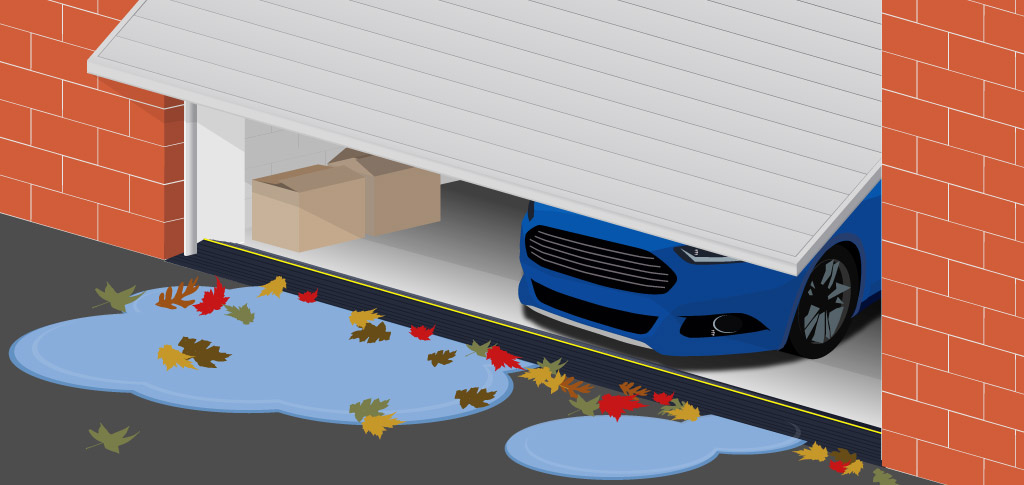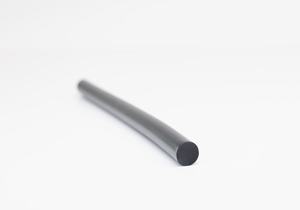
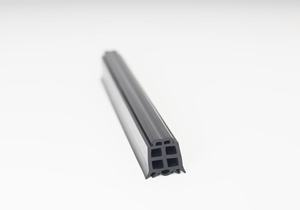



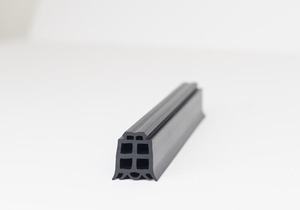
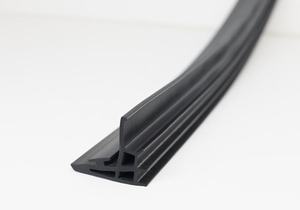
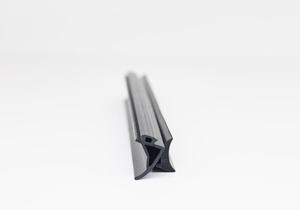
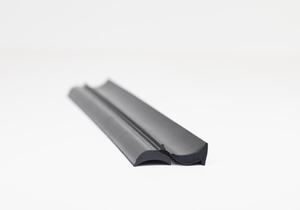
Dilatation seals, also known as expansion joints or movement joints, are essential components used in construction and civil engineering to accommodate the natural movement and expansion of building materials, structures, or pipelines caused by temperature changes, settlement, seismic activity, or other factors. These seals are designed to provide a flexible and durable solution that allows for controlled movement while maintaining the integrity of the structure and preventing leaks, cracks, or damage. Dilatation seals come in various forms and materials to suit different applications, from buildings and bridges to pipelines and infrastructure projects. Here’s an extensive description of dilatation seals:
- Purpose and Functionality: Dilatation seals serve the crucial function of accommodating movement and expansion within structures or pipelines to prevent structural damage or failure. They allow for controlled movement in horizontal, vertical, or angular directions while providing a sealed barrier against the ingress of water, dust, or debris.
- Types of Dilatation Seals:
- Expansion Joints: These are designed to bridge the gap between two adjacent structural components, such as building sections, bridge segments, or pipeline segments, allowing for expansion and contraction without compromising structural integrity.
- Compression Seals: These seals are typically used in joints where significant movement is expected, such as in bridges, highways, or parking decks. They compress and expand to accommodate movement while maintaining a watertight seal.
- Modular Expansion Joints: These consist of multiple individual modules that are connected to form a continuous joint, allowing for movement in multiple directions. They are commonly used in bridge decks, parking structures, and industrial floors.
- Rubber Expansion Joints: These flexible seals are made from elastomeric materials such as neoprene, EPDM, or silicone, which provide resilience and durability to accommodate movement in joints.
- Metal Expansion Joints: These joints utilize metal bellows or corrugated plates to allow for movement while providing structural support and stability. They are commonly used in high-temperature or high-pressure applications such as pipelines, steam systems, or industrial equipment.
- Material Composition: Dilatation seals are constructed from various materials depending on the application requirements, including rubber, neoprene, EPDM, silicone, stainless steel, aluminum, or composite materials. These materials are chosen for their flexibility, resilience, durability, and resistance to environmental factors such as temperature, moisture, and chemical exposure.
- Design and Construction:
- Dilatation seals are available in a wide range of designs and configurations to suit different structural or pipeline requirements, including straight, curved, or custom shapes.
- They may feature reinforced edges, anchoring systems, or attachment methods to ensure secure installation and longevity.
- The design of dilatation seals considers factors such as anticipated movement, joint width, load capacity, environmental conditions, and aesthetic considerations.
- Installation Process:
- The installation of dilatation seals requires careful planning, preparation, and adherence to manufacturer’s specifications.
- The seal is positioned within the joint cavity or gap between structural components, ensuring proper alignment and clearance for movement.
- Anchoring or fastening methods may be employed to secure the seal in place and prevent displacement during operation.
- Proper sealant or adhesive is applied to ensure a watertight and durable bond between the seal and surrounding surfaces.
- Functionality and Performance:
- Dilatation seals are designed to provide reliable performance over the service life of the structure or pipeline, maintaining flexibility, resilience, and sealing integrity under varying conditions.
- They effectively accommodate thermal expansion and contraction, seismic movement, settlement, wind loading, and other dynamic forces without compromising structural stability or safety.
- Dilatation seals are tested and certified to meet industry standards and performance criteria for durability, weather resistance, load capacity, and movement capability.
- Applications:
- Dilatation seals find widespread applications in various construction, infrastructure, and engineering projects, including:
- Buildings: Facades, floors, walls, roofs, expansion joints.
- Bridges and highways: Bridge decks, expansion joints, highway joints.
- Pipelines: Water pipelines, sewer pipelines, oil and gas pipelines.
- Industrial facilities: Tank farms, chemical plants, refineries, power plants.
- Transportation infrastructure: Railways, airports, tunnels, parking structures.
- Water and wastewater treatment plants: Tanks, basins, channels, clarifiers.
- Marine structures: Wharves, piers, docks, dams, locks.
- Stadiums and arenas: Stadium roofs, seating sections, concourses.
- Dilatation seals find widespread applications in various construction, infrastructure, and engineering projects, including:
- Maintenance and Inspection:
- Dilatation seals require periodic inspection and maintenance to ensure continued functionality and performance.
- Routine inspections may include visual assessments, cleaning, lubrication, and replacement of worn or damaged components.
- Regular maintenance helps identify and address issues such as wear, deterioration, or displacement of seals, ensuring the integrity and longevity of the structure or pipeline.
In summary, dilatation gaskets are critical components in construction and infrastructure projects, providing flexibility, durability, and sealing integrity to accommodate movement and expansion while maintaining structural stability and performance. With their versatile designs, materials, and applications, dilatation seals play a vital role in ensuring the safety, longevity, and functionality of buildings, bridges, pipelines, and other structures in diverse environments and industries.

